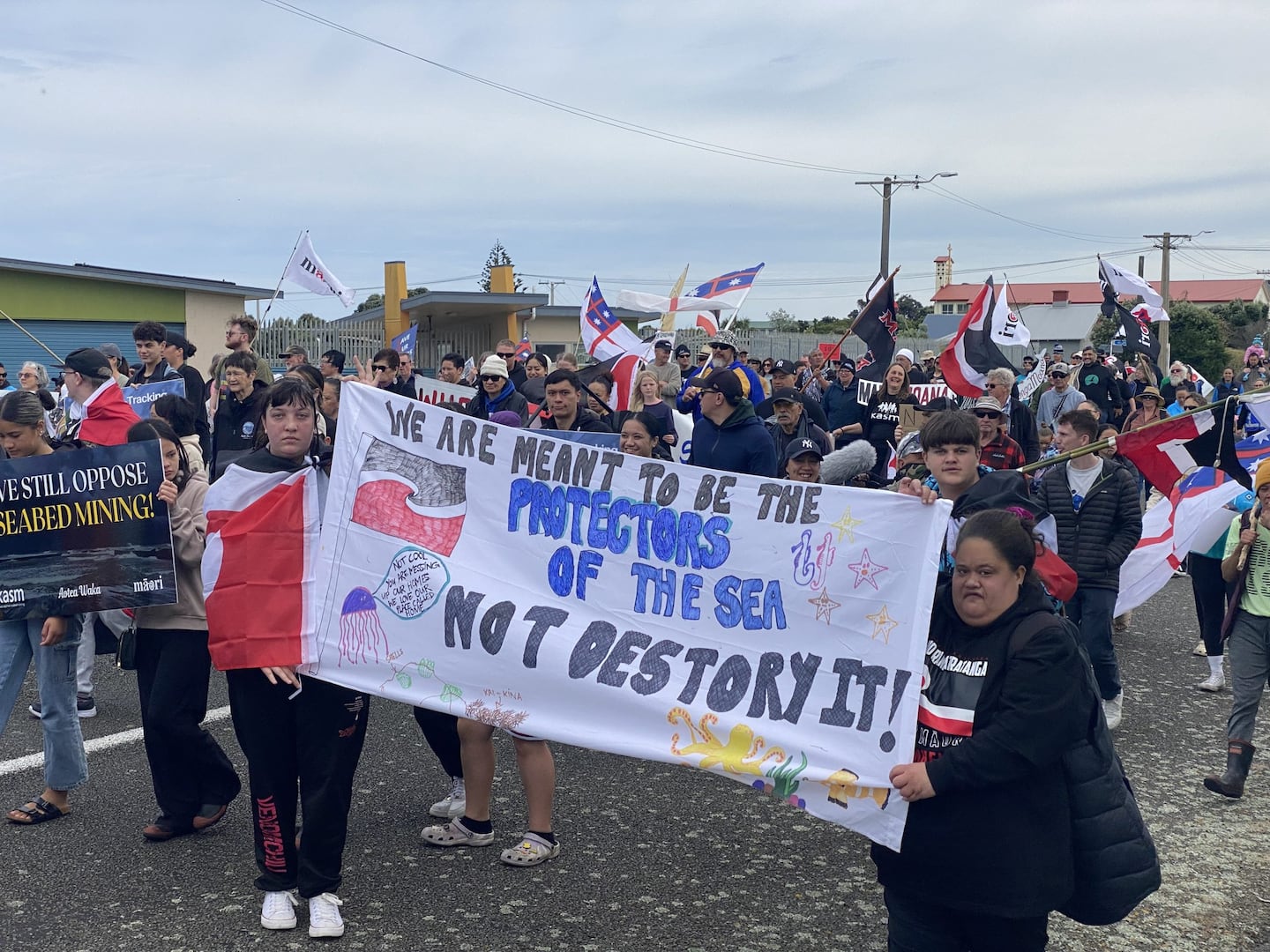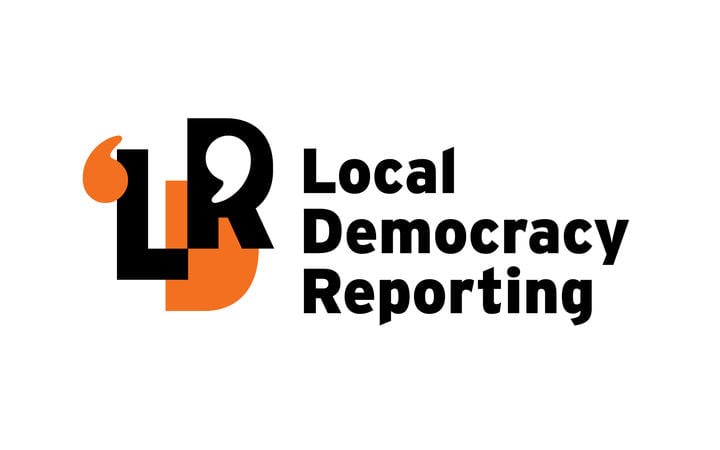Seabed miners will face direct action on the waves if they are given government fast-track approval, says Te Pāti Māori co-leader Debbie Ngarewa-Packer.
“We are on call-up to go out and interfere in every way we can, human-wise and wairua-wise, with what they’re planning to do.”
On Wednesday more than 300 people joined in a hīkoi from the middle of Pātea – population 1200 – to the town’s beach to show they still oppose seabed mining after more than a decade of protests and court fights.
At the beach, Ngarewa-Packer told the crowd the fight had moved beyond the courts.
“We are going to need boats.
“We are going to need to have people prepared to stop their lives and go out and fight, endlessly, to disrupt their activity.”
“They underestimate who we are: we may be a humble small people, but we come from ancestors who have fought bigger fights than this.”
Ngarewa-Packer expects to hear in three weeks whether the seabed miners get to go for permission to mine under the Government’s new Fast Track law.
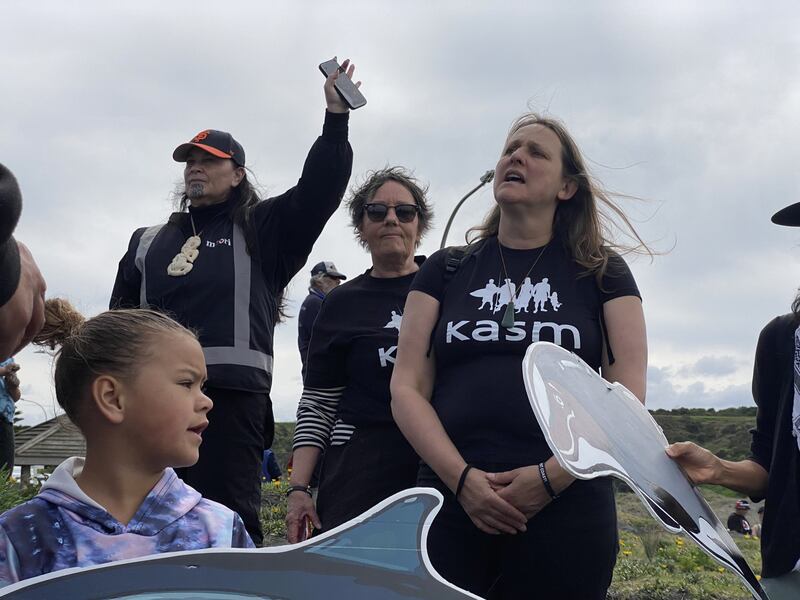
Trans-Tasman Resources (TTR) wants to suck up 50 million tonnes of sand a year off the Pātea coast to extract highly-valued vanadium, along with iron and titanium.
Now a wholly-owned subsidiary of Australian miner Manuka Resources, Trans-Tasman needs consent to spit 45 million tonnes of sediment – a recognised pollutant – back into the sea.
In late 2021 the Supreme Court unanimously rejected TTR’s bid over lack of environmental caution, sending it back to be heard by the Environmental Protection Agency.
But part-way through the hearing the company quit the hearing, instead going directly to ministers for fast-track approval.
Ahmora Whakatutu-Luke, aged 6, wasn’t born when the fight began, but she knew why she was on the hīkoi.
“To save the moana. I like the seahorses and I want to look after them.”
Ngāti Ruanui teenagers Rajel Ngatimaru and Vali Te Rangimarie-Rea said fighting the miners was inseparable from the struggle to get land back.
“I’m here to help out the whanau, the family, the bros and just encourage all the little kids, the little mokopuna – and help them help us to take our land back and to protect the ocean,” said Ngatimaru.
Vincent Nuku of Ngāruahine has been on the campaign for years, and said teeming reefs were threatened by drifting sediment plumes from dumped mine tailings – and so were people.
“I think it’s going to destroy the fish. Because the fish are going to be frightened by the white plumes, and they’re going to not know where they’re navigating.
“So what are we mean to survive on?”
Taranaki’s Aotea waka iwi – Ngāti Ruanui, Ngāruahine and Ngaa Rauru Kiitahi – have been joined in the long campaign by Te Pāti Māori and also by groups from across the motu including Kiwis Against Seabed Mining (KASM).
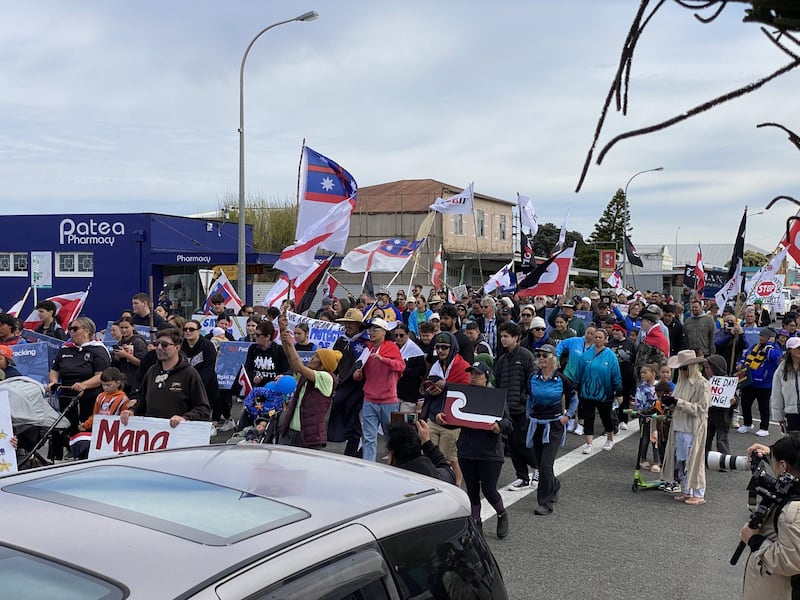
KASM chairperson Cindy Baxter said they still hope Government ministers will turn down the Australian wannabe seabed miners.
“We won’t stop at anything to stop seabed mining as long as it’s peaceful. But we’re a long way from talking about direct action at this point.”
TTR has said opposition lacks scientific credibility, reckoning it would earn $1 billion in annual exports, inject $250 million a year into Taranaki and Whanganui, and bring almost $300 million in taxes and royalties.
Baxter said claims 1600 jobs would be created were nonsense.
“The jobs aren’t here. I mean, TTR just made up a bunch of ghost jobs.”
Pātea businessman and resident of 20 years Kevin Murrow said opposing seabed mining had united the town like nothing else.
“What’s in it for any of us? The jobs would go to a handful of specialists who probably are already working in similar industries overseas, so they fly in, fly out.”
“What they’re selling is a dream. Even the shareholders won’t get anything for 20 years, if ever.”
“What about untapped tourism? We’ve got a whole endemic population of blue pygmy whales out there.
“We don’t even know what’s out there: the more they look, the more they find.”
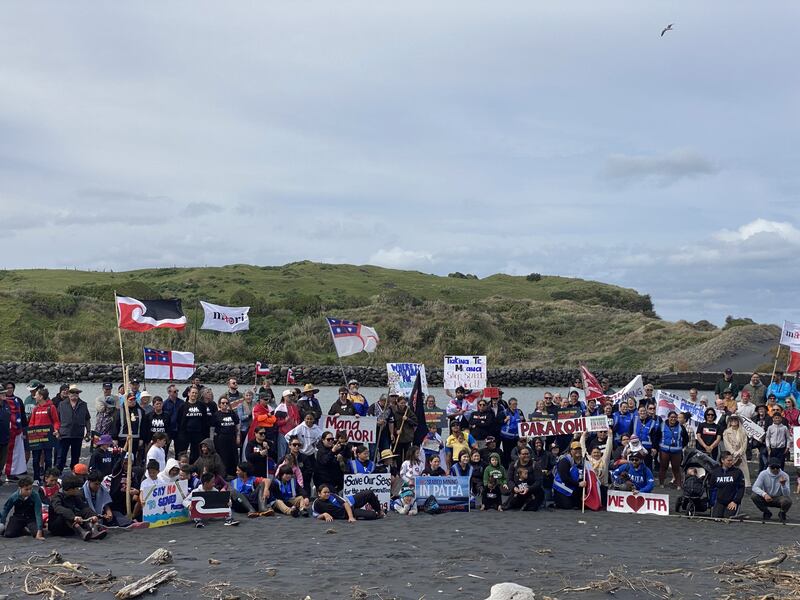
A 2020 sonar survey by the National Institute of Water and Atmospheric Research (NIWA) found the Pātea Banks studded with a surprising number of rocky reefs in a ‘goldilocks zone’ for life.
Shallow waters admit sunlight, yet the reefs are far enough offshore to minimise sedimentation from erosion.
The 14 reefs are covered in kelp forests, macroalgal meadows, gardens of 39 species of sponge, and fields of bryozoans – simple sedentary animals originating some 460 million years ago.
Blue cod, scarlet wrasse, butterfly perch, leatherjackets and terakihi dominate the 30 fish species identified, also including snapper, trevally, kingfish, and kahawai.
LDR is local body journalism co-funded by RNZ and NZ On Air


